What is Where App
PROBLEM
Our life is filled up with material things, we lose track of what we have and where they are, and we end up losing time, getting frustrated not finding things, and buying new things unnecessarily.
PROCESS
A human-centred design approach combining Design Thinking and Lean UX methdology was adopted.
User Interviews
To understand users’ needs and define the user outcomes from the start, interviews have been conducted to find out the answers to three key questions:
1. What is the user trying to accomplish?
- Always know what items are where, and can find things easily and quickly
- Not buy unnecessary things
- Reduce clutters in the house
- Get rid of things that are not useful anymore, give them a second life if possible
2. How does the user want to feel during and after this process?
- One is in total control and efficient
- Everything is organised and in order
- Peaceful and self satisfied having done the conscious thing
- Home is comfortable and lovely
- Have the sense of belonging to a community and being helpful
3. How does our product get the user closer to a life goal or dream?
To get closer to a life goal:
- Live consciously and consume and recycle responsibly
- Do one’s bit for the well-being of our mother earth
Personas
![]()
![]()
![]()
![]()
Product Research
Numerous organising, decluttering, and cleaning apps exist on the market and they have different focuses.
What existing products/services fail to deliver is a streamlined experience including easy inventorying, decluttering suggestions, and concrete recycling solutions.
![]()
Wireframes
User flows are visualised in low definition wireframes and tested early without implementation.
The wireframes also help planning on what components should be created for later UI design phase.
![]()
Design System
![]()
![]()
![]()
Screen Designs![]()
User Interviews
To understand users’ needs and define the user outcomes from the start, interviews have been conducted to find out the answers to three key questions:
1. What is the user trying to accomplish?
- Always know what items are where, and can find things easily and quickly
- Not buy unnecessary things
- Reduce clutters in the house
- Get rid of things that are not useful anymore, give them a second life if possible
2. How does the user want to feel during and after this process?
- One is in total control and efficient
- Everything is organised and in order
- Peaceful and self satisfied having done the conscious thing
- Home is comfortable and lovely
- Have the sense of belonging to a community and being helpful
3. How does our product get the user closer to a life goal or dream?
To get closer to a life goal:
- Live consciously and consume and recycle responsibly
- Do one’s bit for the well-being of our mother earth
Personas


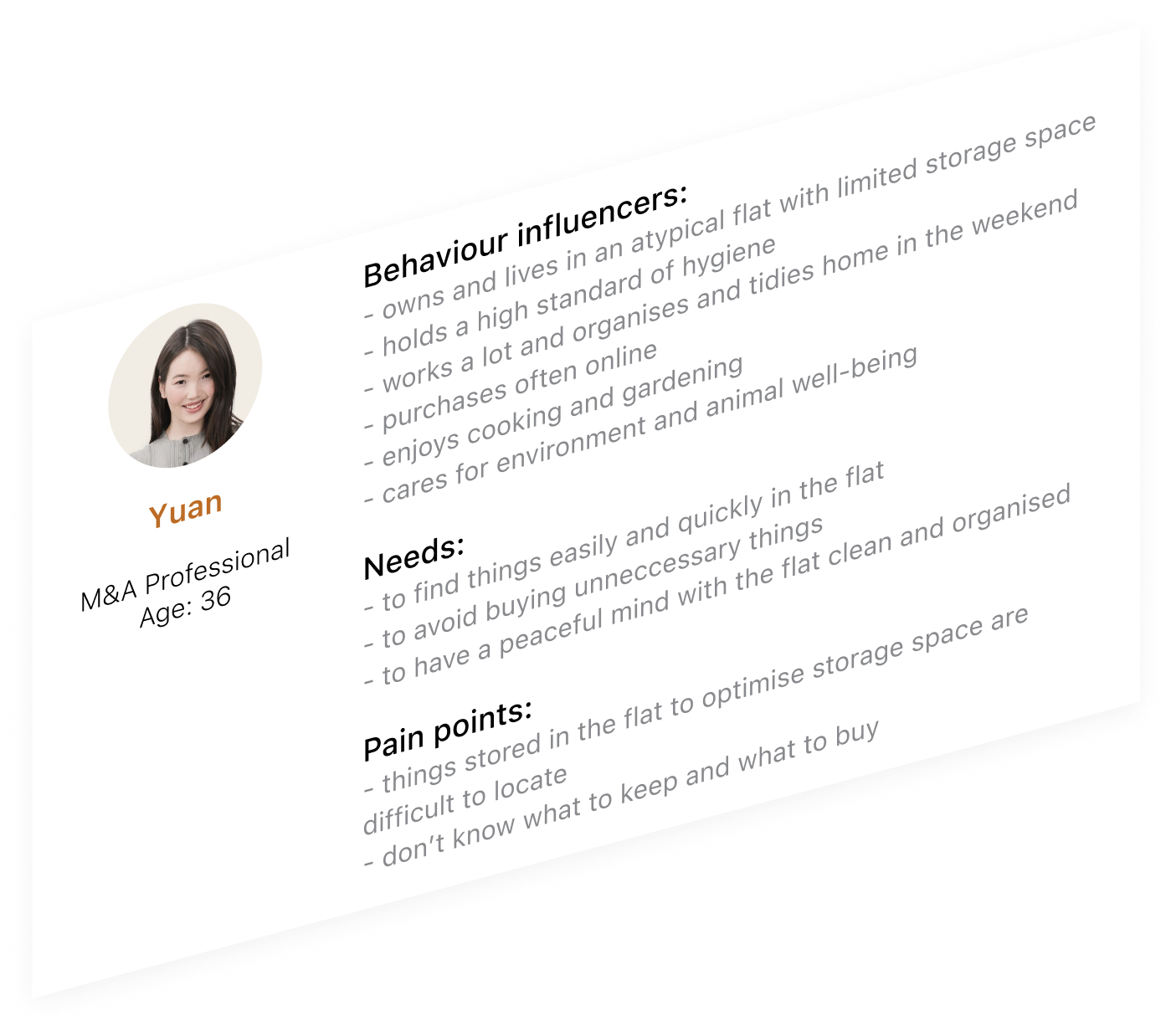

Product Research
Numerous organising, decluttering, and cleaning apps exist on the market and they have different focuses.
What existing products/services fail to deliver is a streamlined experience including easy inventorying, decluttering suggestions, and concrete recycling solutions.

Wireframes
User flows are visualised in low definition wireframes and tested early without implementation.
The wireframes also help planning on what components should be created for later UI design phase.
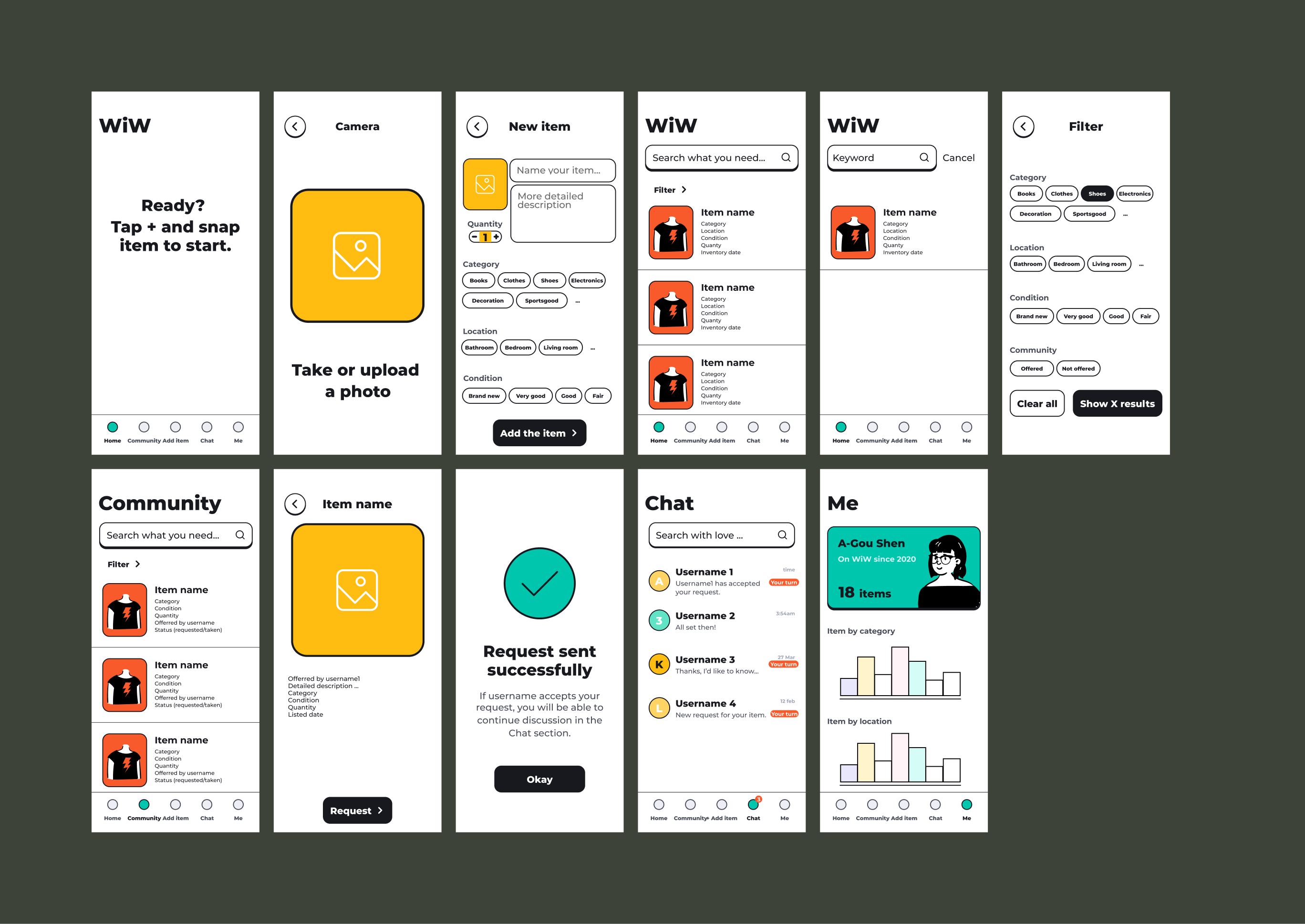
Design System
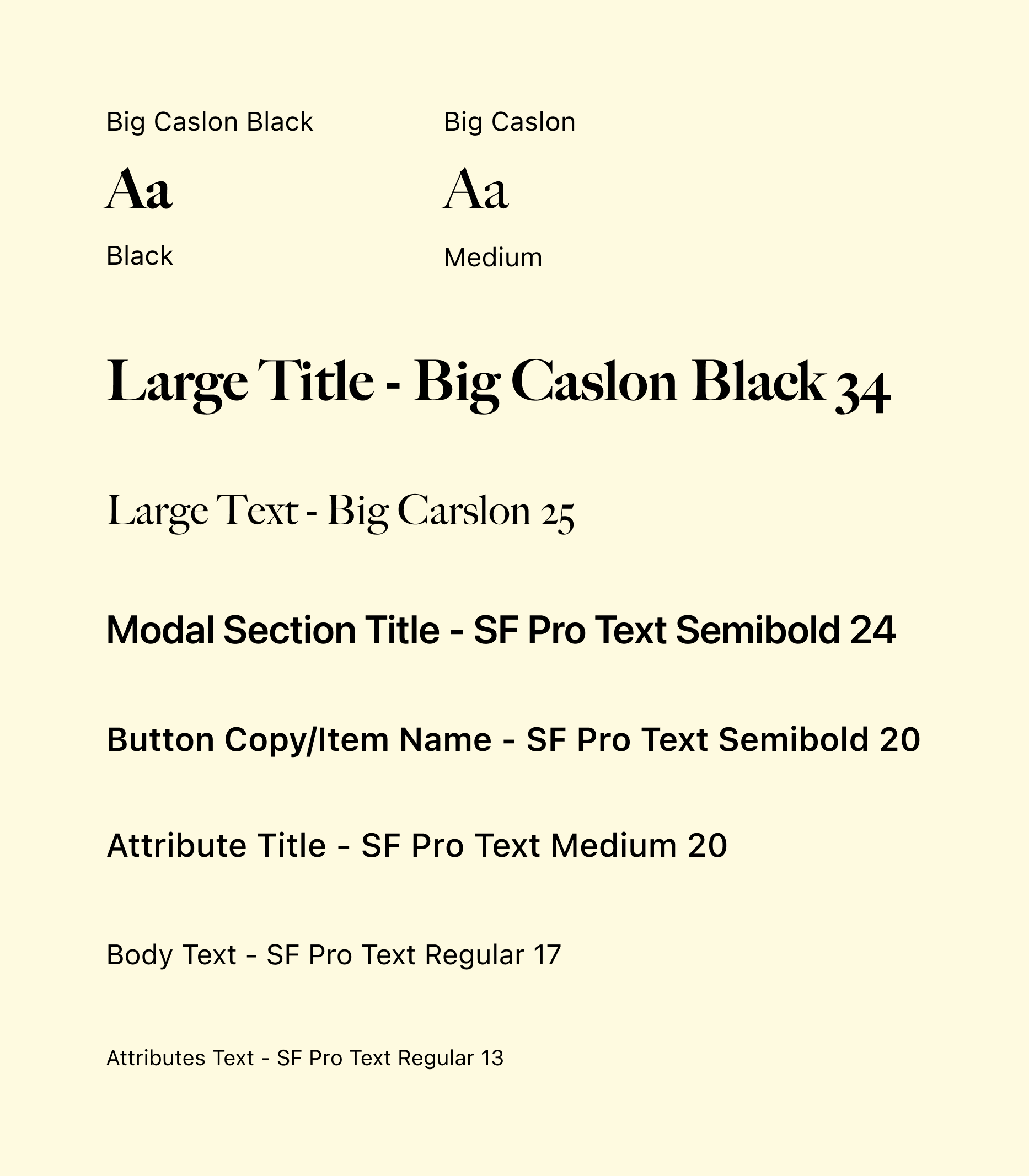
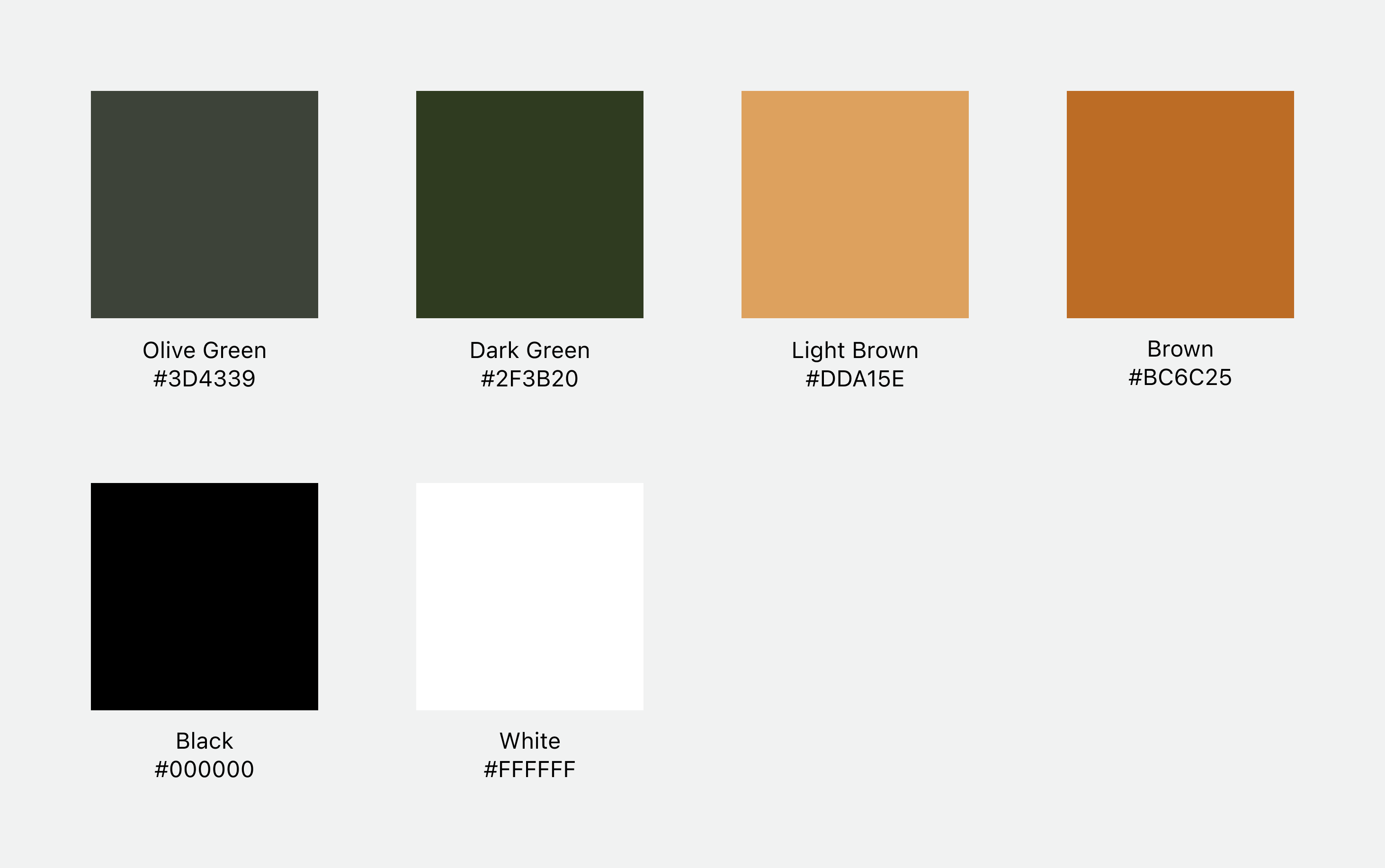
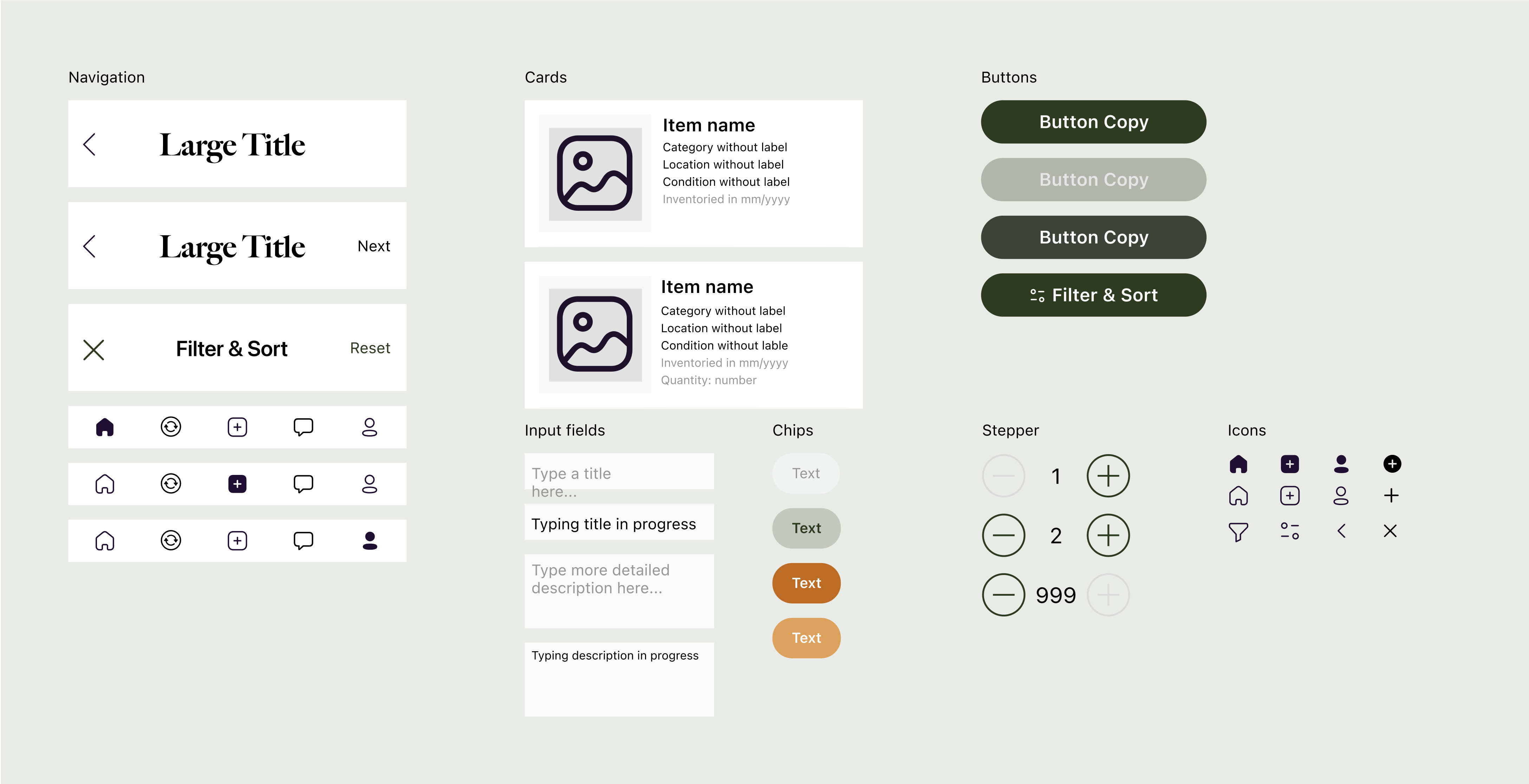
Screen Designs
